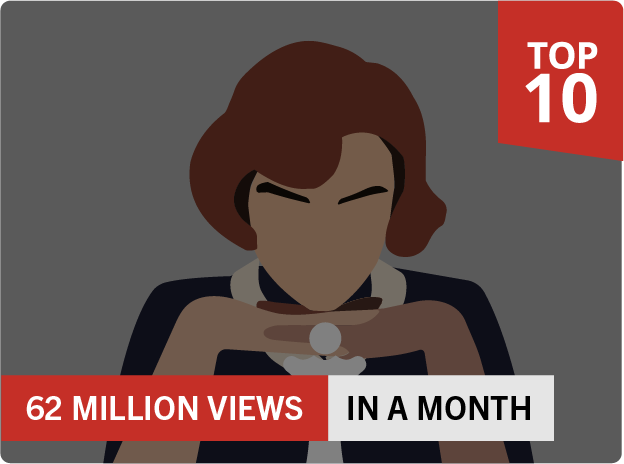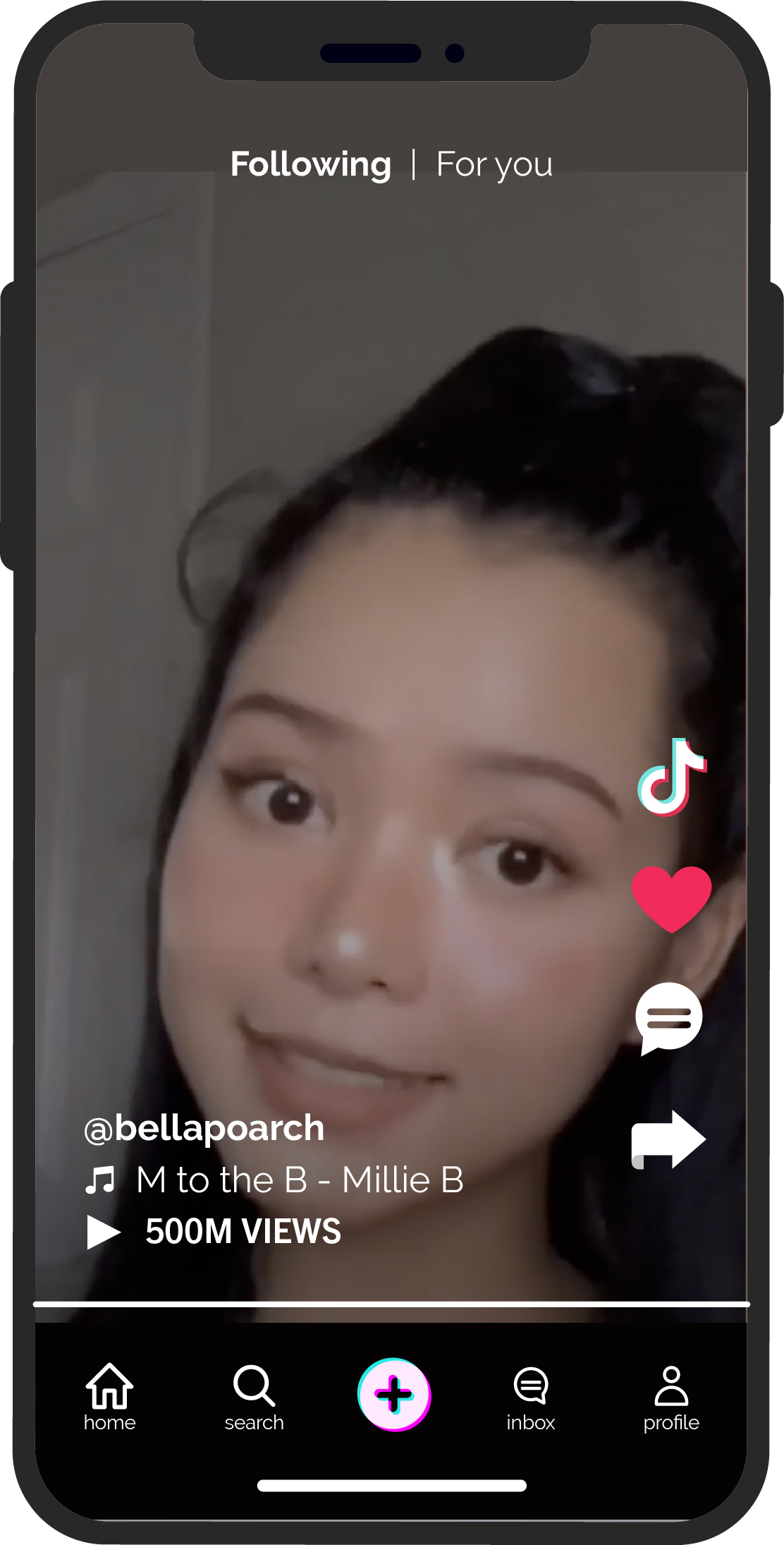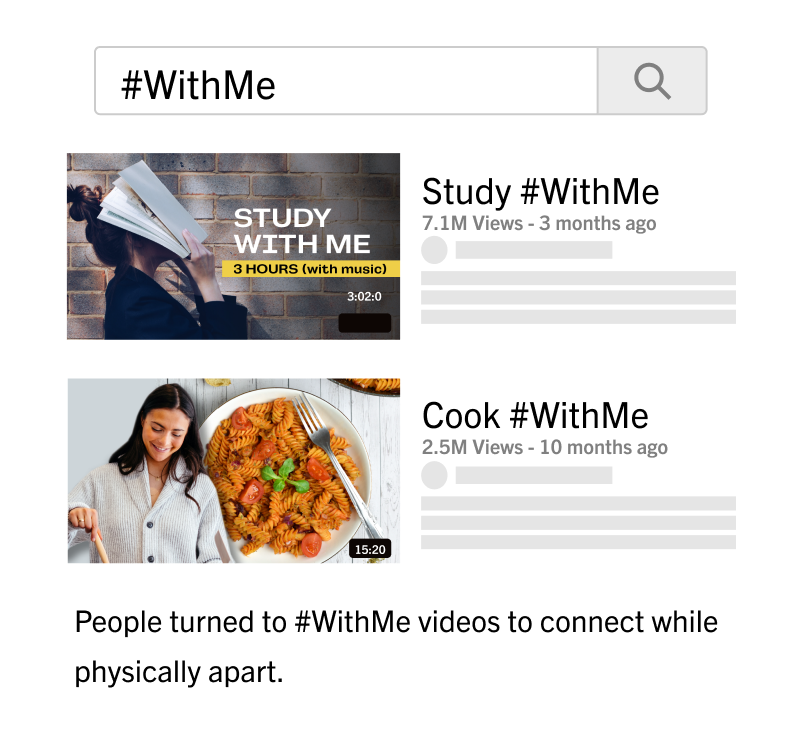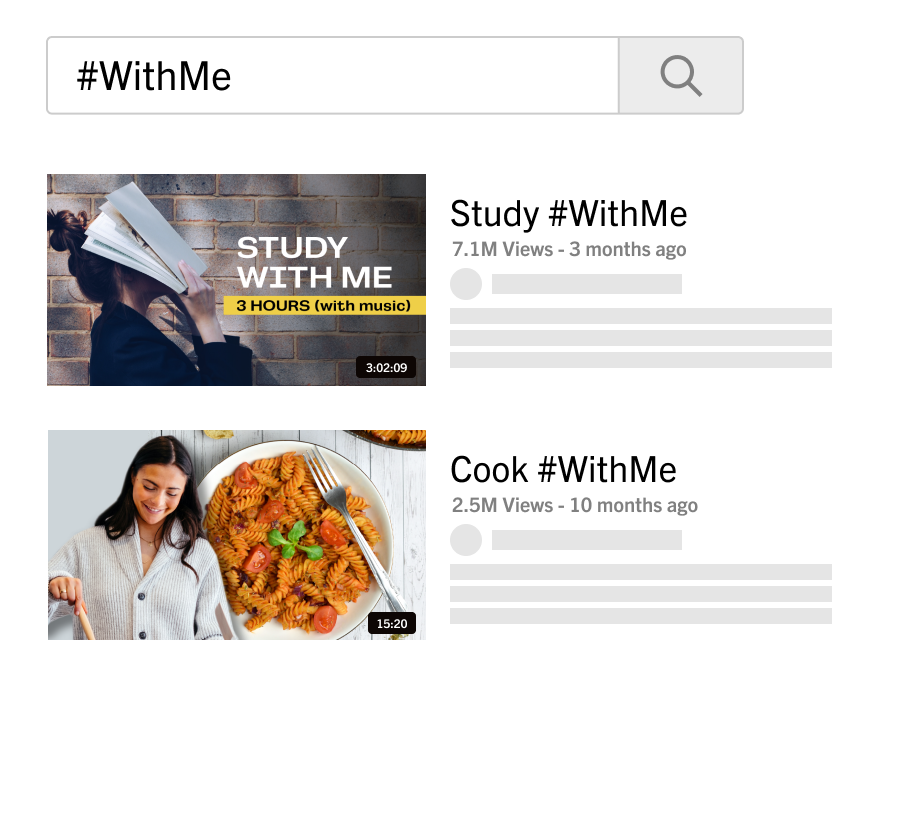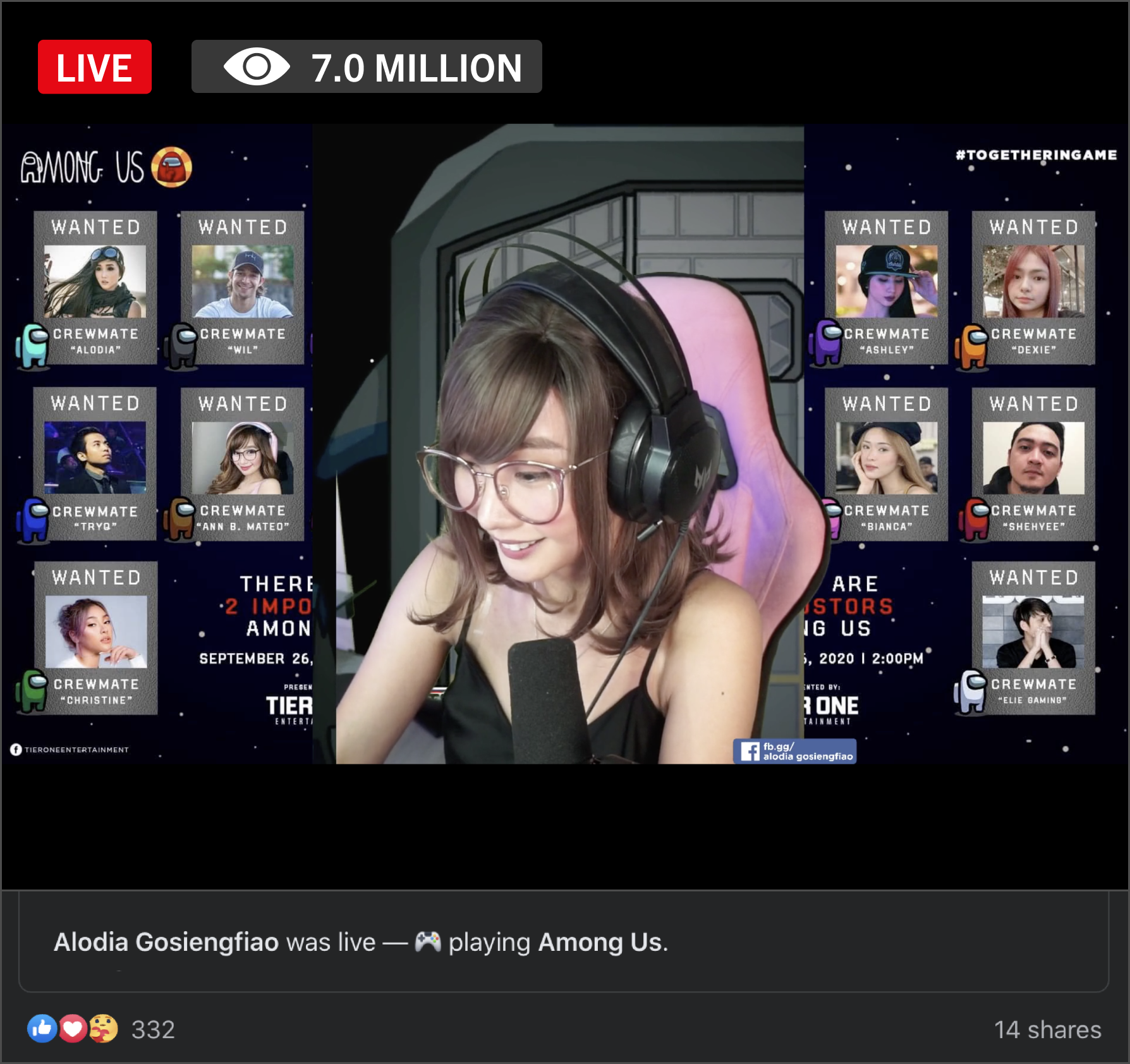A boom year
While travel and F&B industries struggled to survive, streaming services thrived. Netflix’s record growth in 2020 saw it surpass 200 million subscribers.
It was also a pivotal year for gaming streams, with viewership across Twitch, YouTube Gaming and Facebook Gaming all reaching new highs. New streaming services like HBO Max also launched during this period of time, cashing in on receptive audiences.
We streamed so much that we almost broke the Internet. During the initial surge, the EU even had to request for platforms to reduce their streaming quality in Europe to preserve bandwidth usage. 2020 was truly the year of the stream.
But just why did we stream so much?
Searching for normality
With our world being turned upside down, streaming became one of the main ways we could get around the disruptions to our lives.
It became a way of maintaining normalcy in a time of constant upheaval and uncertainty. It allowed us to still do what we wanted, from watching movies with friends on Discord to picking up new skills on YouTube.
Streaming allowed us to continue work, leisure and social activities which had now transitioned online.






